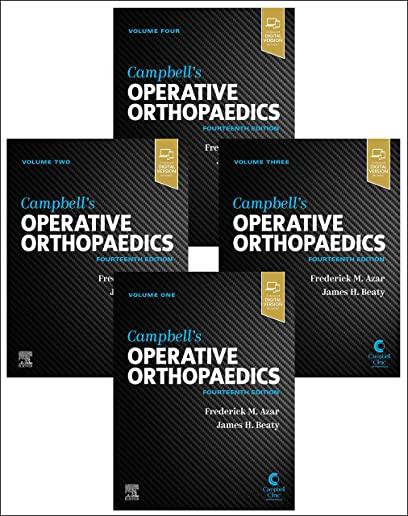
description
accepted the task of preparing this second edition. I felt this was necessary for several reasons: new imaging technologies such as CT scanning and 3-D reconstructions are now used routinely, the in- dications for employing improved approaches are clearer, and reconstructions are facilitated by new internal fixation devices. Above all, I thought it was time to report the long-term results of the 940 acetabular fractures, 90070 of which were treated surgically - a unique series. In spite of the experience acquired from the three previous reviews of cases (1966, 1971, and 1978), I failed to foresee the amount of time this revision would need. In fact, it took more than 3 years to follow up the larger number of cases, and 159 patients (out of 800, i. e. 22. 7%) were not included as they had moved since their last review and simply could not be located. At a time when it is in fashion to evaluate the cost of health care, it is strange to see how public administrators, so keen on evaluating the immediate cost of our opera- tions, do not care about the quality of their long-term results, which appears to us, however, to be the best basis for the choice of the initial treatment.
member goods
No member items were found under this heading.
Return Policy
All sales are final
Shipping
No special shipping considerations available.
Shipping fees determined at checkout.






